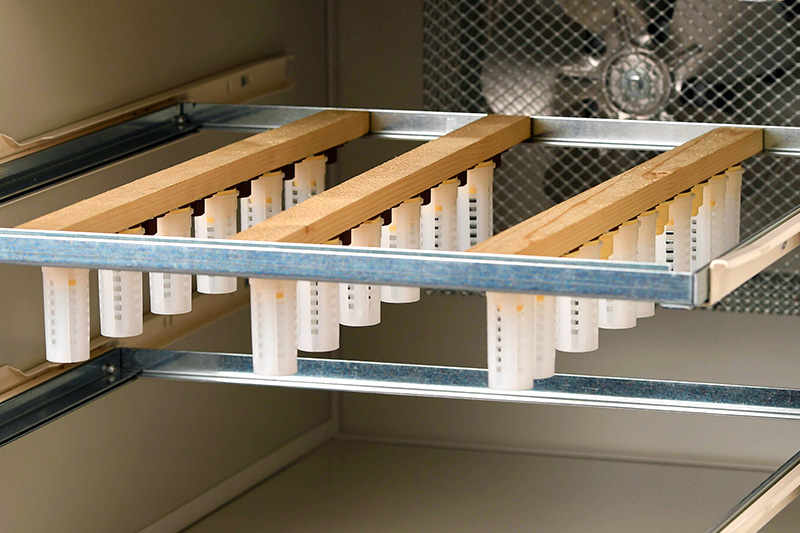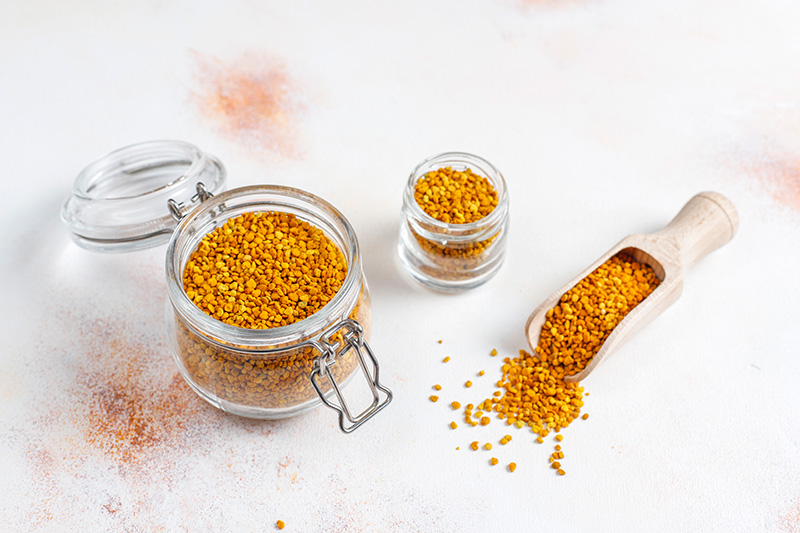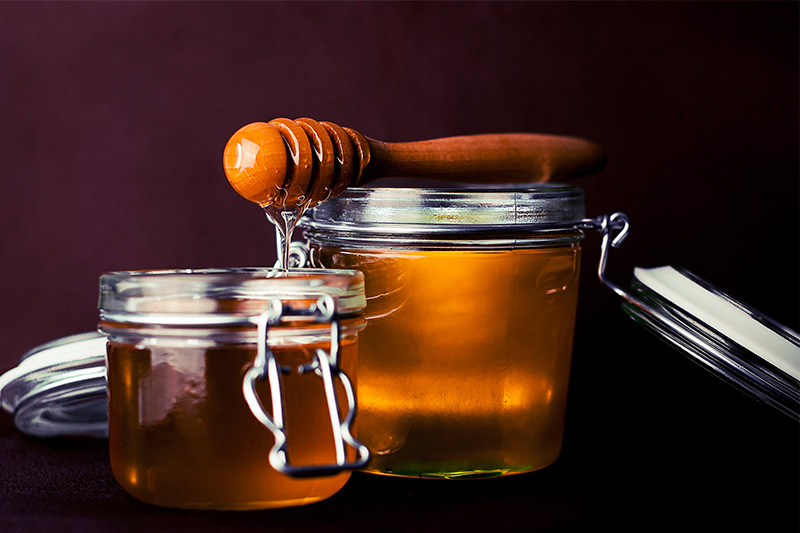MUCH MORE THAN AN INCUBATOR FOR QUEEN BEES…..3x1!
Our beekeeping incubators feature a very high versatility, a single machine for 3 ways of use:
- incubation of queen bees
- pollen drying
- the liquefaction of honey



Thanks to: https://it.freepik.com/ https://pixabay.com/ for the photos
In addition to the hatching of queen bees, there is the possibility of drying the pollen before packaging by the simple addition of specific shelves equipped with micro-mesh normally used for nourish purposes.
Another interesting function is the liquefaction of crystallized honey, the temperature is brought to 40°C and the glass jars or buckets are placed inside the incubator for one or more days in relation to the quantity to be liquefied.
Honey crystallization is a natural process and a good sign of the quality of the product, honey maintains its nutritional and organoleptic characteristics and it is a process that occurs naturally when it is stored at ambient temperatures below 14-15°C.
THE INCUBATION OF QUEEN BEES
From the fifth day of larval transfer to the day before hatching, i.e. the tenth day, the queen cells can complete their development cycle in an incubator.
The use of incubators is more and more widespread among Italian bee-keepers: they group cells 6 days after the larval transfer and have the queens born in an incubator. Since the
Italian weather is highly variable, this is an intelligent method which allows the identification of virgin bees before putting them inside the nuclei. This insertion must be performed within four days after the birth. It is also necessary to know that bees better accept a queen cell ready to hatch than a virgin queen bee.
